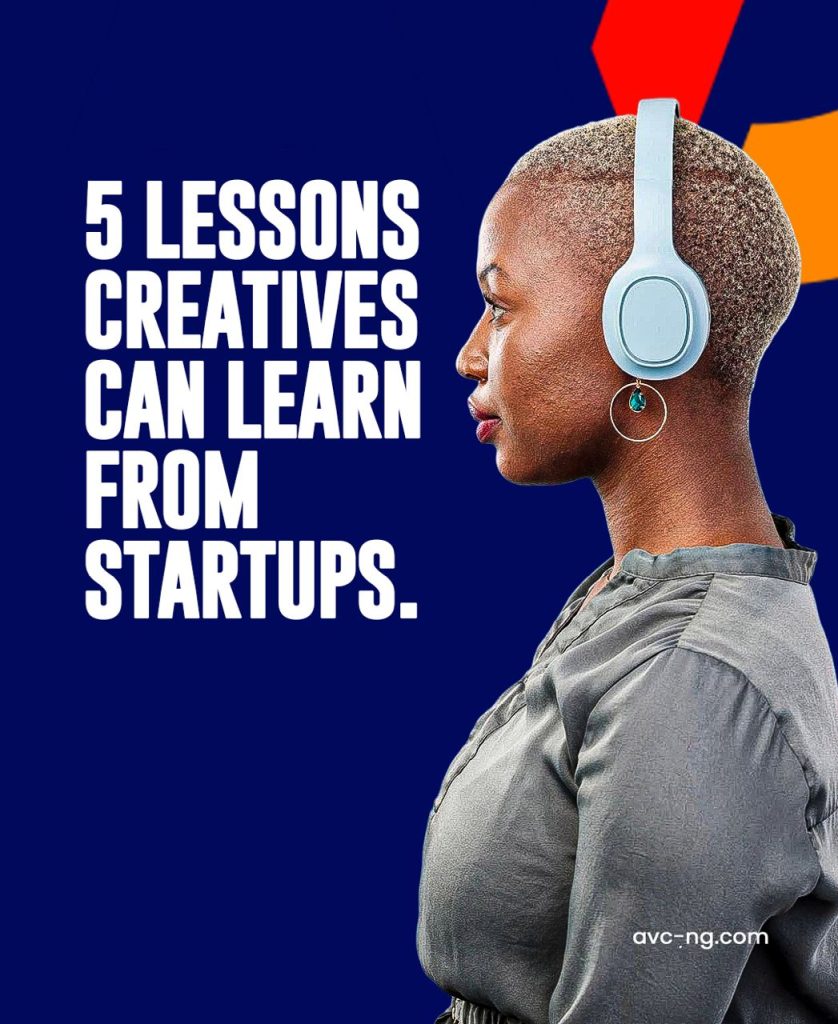
Creatives and startups might look like they live in different worlds. Designers, writers, artists, and innovators often focus on expression, originality, and craft. Startups, by contrast, are associated with growth hacks, funding pitches, and scaling fast. But peel back the labels, and both rely on the same foundation: turning bold ideas into something real and valuable.
That’s why startups offer a treasure trove of lessons for creatives—whether you’re a freelance illustrator, a filmmaker, or a creative director in an agency. Startups thrive because they know how to test, adapt, and build under pressure. And those same principles can help creatives unlock not just artistic success, but career and financial growth as well.
Here are five lessons from the startup playbook every creative should take to heart.
1. Embrace the Minimum Viable Creation
Startups don’t wait until their product is “perfect” before launching. They build a Minimum Viable Product (MVP)—a stripped-down version that tests their concept in the real world.
Creatives can do the same. Waiting for the perfect screenplay draft, the flawless portfolio, or the ultimate design often means projects never see daylight. Instead, ship early and refine as you go.
- A filmmaker might release a short concept video before attempting a feature.
- A designer could share early mockups to gauge audience reaction.
- A writer can publish blog posts that later evolve into a book.
Perfectionism kills momentum. Speed and iteration spark growth.
2. Know Your Audience Like Startups Know Their Market
Startups survive by knowing their target users inside out. They conduct interviews, test assumptions, and obsess over customer pain points.
For creatives, the “market” is your audience. It’s tempting to create only for yourself, but if you want your work to resonate—and pay the bills—you must consider the people you’re trying to reach.
- Ask: Who is this for? What emotions do I want them to feel?
- Gather feedback, not just from friends, but from strangers who represent your true audience.
- Study trends, communities, and platforms where your audience hangs out.
The better you know your audience, the more powerful and relevant your creations become.
3. Pivot When It’s Not Working
Startups pivot—a lot. Instagram began as a check-in app. Slack grew out of a failed video game project. When the initial idea stalls, founders shift direction while keeping their core strengths intact.
Creatives can learn from this resilience. If your style, medium, or niche isn’t gaining traction, don’t view it as failure. View it as feedback.
- An illustrator might pivot from children’s books to gaming concept art.
- A photographer could shift from weddings to brand storytelling.
- A musician might experiment with teaching online if live gigs aren’t sustainable.
Creativity thrives when you stay flexible, not when you cling rigidly to a single vision.
4. Leverage Collaboration and Networks
Startups rarely succeed in isolation. Founders assemble co-founders, advisors, investors, and early adopters. They know a strong network is oxygen for growth.
Similarly, creatives benefit from building communities around their work:
- Collaborate with other artists for joint projects.
- Share knowledge through mentorship or workshops.
- Network beyond your field—creatives who work with technologists, marketers, or educators often discover entirely new opportunities.
Your network isn’t just about career advancement. It’s also about perspective. New voices sharpen your craft.
5. Think Like a Business, Not Just a Creative
Perhaps the most important startup lesson: treat your work like a business. Startups don’t shy away from sales, marketing, or financial planning. Creatives often hesitate here, worrying it dilutes “artistic purity.”
But the reality is, sustainability requires structure. Pricing, contracts, pitching, and personal branding aren’t distractions—they’re enablers.
- Package your services clearly.
- Track your income and expenses.
- Invest in building your brand as much as you invest in your skills.
The more you view yourself as both a creator and an entrepreneur, the more control you’ll have over your career trajectory.
Conclusion
Startups thrive because they combine creativity with strategy, boldness with adaptability. For creatives, these lessons are invaluable: launch early, understand your audience, pivot when necessary, build networks, and think like a business.
In a world where creative work is both more visible and more competitive than ever, borrowing from the startup mindset might be the difference between being overlooked and making a lasting impact.
Your creativity is the raw material. The startup lessons are the tools. Together, they can shape a career that’s not only fulfilling but also sustainable.
